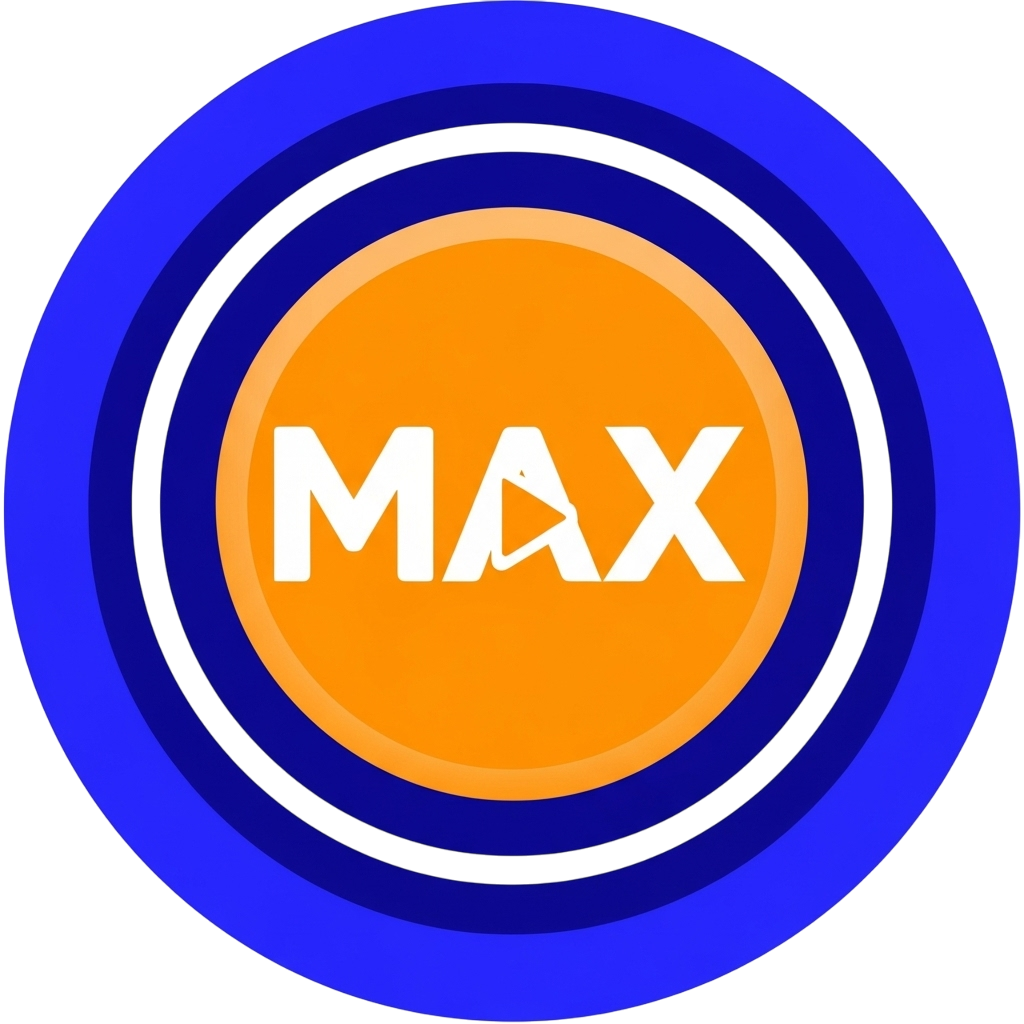When you hear that unmistakable, descending "boo-womp" sound, you instantly know what it means: fail. This iconic noise has become a universal symbol for disappointment, bad jokes, and comedic failure. But what is this sound, and how did it become one of the most-used clips on every
Booing Soundboard?
At soundboardmax.com, we know that a great soundboard is all about timing, and this clip is a classic. Let's dive into the origin of the internet's favorite "sad trombone."
What Is the "Booing Soundboard" All About?
First, let's clear up a common mix-up. When people search for a "booing" meme, they're often thinking of two different things:
- The Quote: Comedian Hannibal Buress on The Eric Andre Show famously saying, "Why are you booing me? I'm right!" This is a popular reaction GIF for stating an unpopular truth.
- The Sound: The sound you find on a Booing Soundboard isn't a crowd at all. It's that classic cartoonish booing sound effect-a wah-wah-wah "boowomp" noise.
This article is all about the second one-the sound effect that has become a staple of online humor. It’s famous precisely because it’s so versatile. It’s the perfect, non-aggressive way to comically "boo" a friend, a post, or a situation.
The Origin and Meaning of That Famous 'Fail' Sound
How did a simple sound effect become a cultural icon? Its journey is a perfect example of how pop culture can give new meaning to a simple noise.
The Surprising Source of the 'Boowomp' Effect
You might be surprised to learn that the sound wasn't custom-made for one show. It's a piece of stock production music, often found in sound libraries. While it's been used in various cartoons, it was the animated series SpongeBob SquarePants that made it legendary.
The show's producers used this sound (along with other classics like the "steel sting") to punctuate moments of failure and disappointment. Whenever a character told a terrible joke (especially Squidward) or failed miserably at a task, you could count on hearing that "boowomp" to drive the joke home.
How the 'Boowomp' Became a Viral Meme
While SpongeBob SquarePants first aired in 1999, the sound effect's life as a standalone meme came much later. With the rise of YouTube, TikTok, and meme-editing culture, creators began isolating the sound.
This booing sound effect became a go-to clip for video editors. Why? It's short, instantly recognizable, and perfectly conveys a "fail" without needing any words. It became a core part of the "meme soundboard" toolkit, and its popularity has only grown.
When to Use the Booing Sound Effect for Perfect Comedic Timing
The beauty of the "boowomp" sound is its simplicity. It's the perfect punctuation for any anti-climactic moment. Here’s how you can use it effectively:
- After a Bad Joke: Your friend just told a terrible "dad joke." Hit them with the "boowomp."
- Gaming Fails: Did your teammate completely miss their shot in a game? That's a "boowomp" moment.
- Clumsy Moments: Someone drops their-keys or fumbles their phone? A quick "boowomp" adds a layer of cartoon comedy.
- Online Replies: When a post or comment is a total swing-and-a-miss, this sound says it all.
Get Your Own Iconic Booing Soundboard
From a generic stock sound to a legendary clip in SpongeBob and now a cornerstone of internet humor, the Booing Soundboard "boowomp" is truly iconic. It’s a fun, lighthearted way to share a laugh and point out life's little failures.
While the booing sound effect is perfect for a laugh, sometimes you need a different mood. For a more relaxing vibe, why not check out our
Fire Crackling Soundboard?
But for those perfect "fail" moments, nothing beats the classic. Ready to add it to your collection? Head over to soundboardmax.com to play, share, and download the ultimate Booing Soundboard today!
